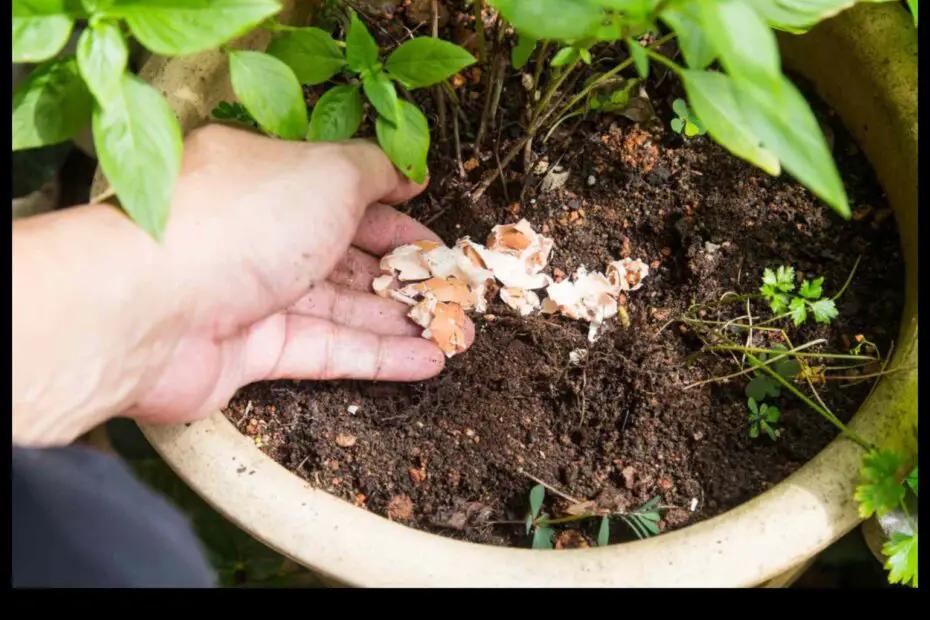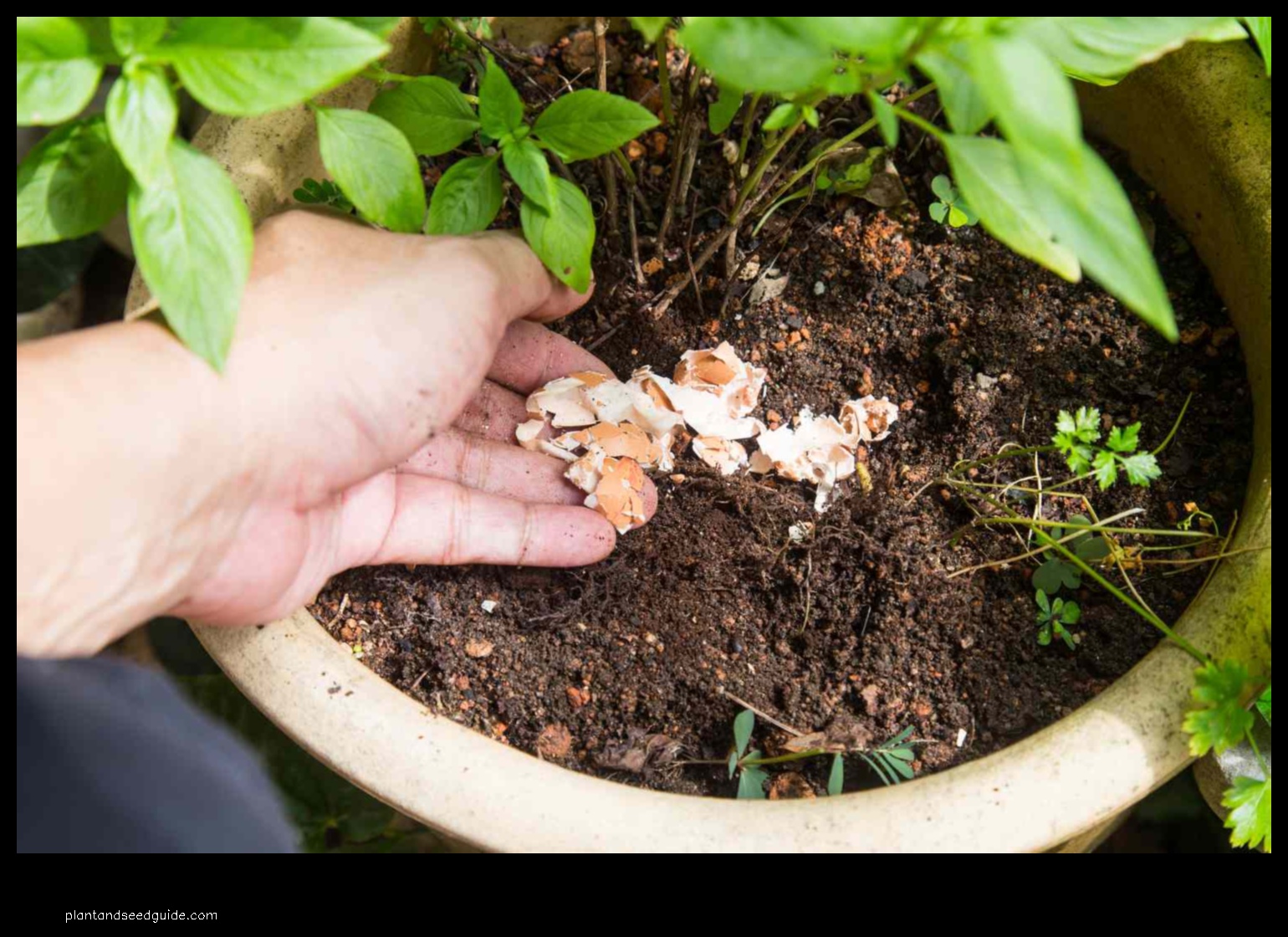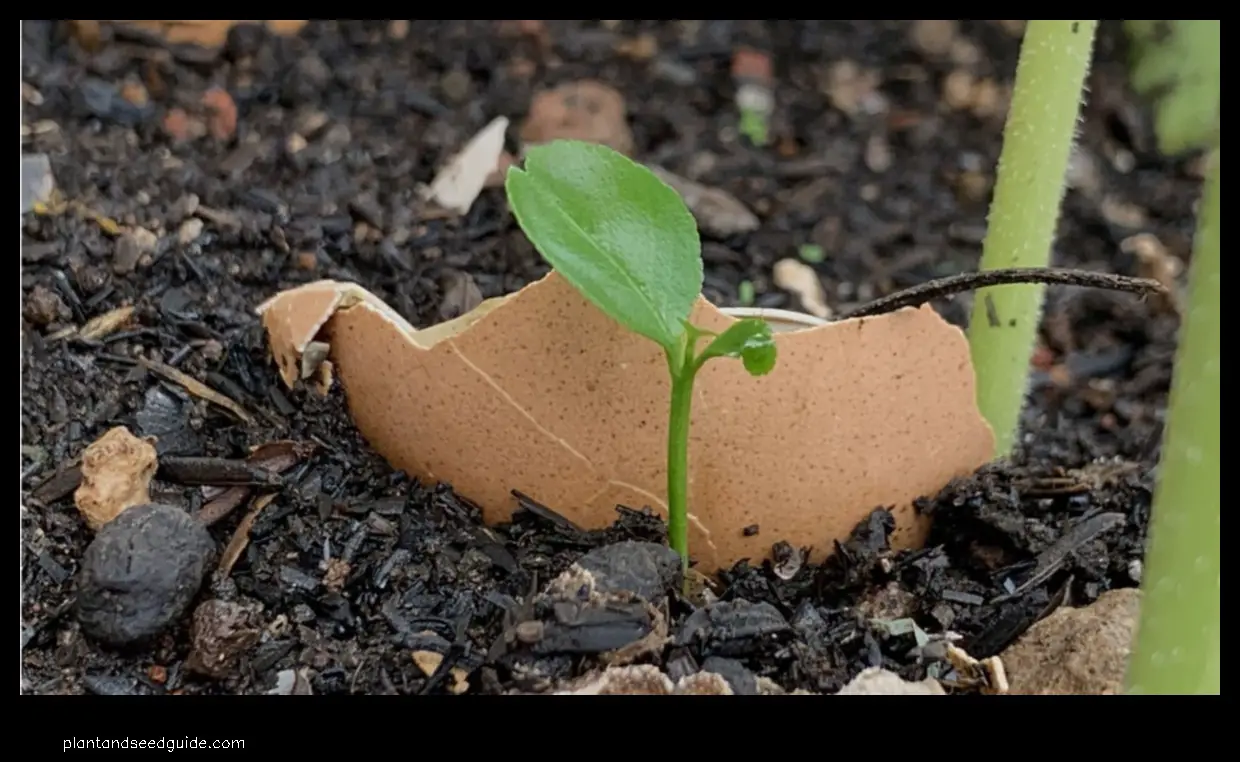

Is Eggshells Good for Plants?
Is Eggshells Good for Plants?
Eggshells are a common household item that many people throw away without a second thought. However, eggshells can actually be beneficial for plants, providing them with a number of nutrients that can help them grow healthier and stronger.
Here are some of the benefits of eggshells for plants:
- Eggshells provide calcium, which is an essential nutrient for plant growth. Calcium helps plants to form strong cell walls and healthy roots.
- Eggshells also contain magnesium, which is another important nutrient for plants. Magnesium helps plants to produce chlorophyll, which is necessary for photosynthesis.
- Eggshells contain phosphorus, which is a nutrient that helps plants to produce energy.
- Eggshells contain potassium, which is a nutrient that helps plants to resist disease and pests.
In addition to providing nutrients, eggshells can also help to improve the drainage of soil. This is because eggshells are porous, and they allow water and air to flow through them more easily. This can help to prevent plants from becoming waterlogged or rootbound.
Eggshells can be used in a variety of ways to benefit plants. Here are a few tips:
Loading... Seconds Left for
Miniature Orchid Terrarium Gallery!

- You can crush eggshells into a fine powder and mix them into the soil around your plants. This will help to provide them with calcium and other nutrients.
- You can also use eggshells as a mulch around your plants. This will help to improve the drainage of the soil and protect the roots from the sun.
- You can even use eggshells as a natural pest control method. The sharp edges of eggshells can help to deter pests from eating your plants.
Overall, eggshells are a great way to improve the health and growth of your plants. They are a natural source of nutrients, they can help to improve drainage, and they can even help to deter pests. So next time you’re about to throw away your eggshells, consider saving them for your plants instead.
| Feature |
Answer |
| Are eggshells good for plants? |
Yes, eggshells can be a good source of calcium and other nutrients for plants. |
| How to use eggshells for plants? |
You can use eggshells as a fertilizer, compost, or pest deterrent. |
| How much eggshells to use for plants? |
A general rule of thumb is to use 1-2 eggshells per plant per year. |
| How often to use eggshells for plants? |
You can use eggshells on your plants as often as you like, but it is generally recommended to do so once per year. |

Eggshells are a good source of calcium, which is an essential nutrient for plant growth.
Calcium helps to strengthen plant cell walls and improve the overall health of plants..
Eggshells can also help to improve the drainage of soil and reduce the risk of waterlogging.
In addition, eggshells can help to deter pests such as snails and slugs. The sharp edges of eggshells can damage the bodies of these pests, making them less likely to want to eat your plants.
Overall, eggshells can be a beneficial addition to your garden. They can help to improve the health of your plants, deter pests, and improve the drainage of your soil.
ts-of-eggshells-for-plants">
Benefits of eggshells for plants
How much eggshells to use for plants
The amount of eggshells you use for plants will depend on the size of the plant and the type of soil. For small plants, you can use a handful of eggshells. For larger plants, you can use a cup or two of eggshells. You can also crush the eggshells into a fine powder and sprinkle them around the roots of the plant.
When using
eggshells as fertilizer, it is important to make sure that the eggshells are completely dry. If the eggshells are wet, they can mold and attract pests. You can dry the eggshells in the sun or in the oven.
Eggshells are a slow-release fertilizer, so you will not see immediate results. It may take a few weeks or months for the eggshells to break down and release their nutrients into the soil.
You can use eggshells as fertilizer for all types of plants, including vegetables, flowers, and herbs. Eggshells are a good source of calcium, which is essential for plant growth. Calcium helps to strengthen the cell walls of plants and helps them to resist disease.
Eggshells c
an also help to improve the drainage of soil. When eggshells break down, they create small pores in the soil that allow water to drain more easily. This can help to prevent the roots of plants from becoming waterlogged.
How often to use eggshells for plants
You can use eggshells on your plants as often as you like, but it is important to avoid overdoing it. Too much eggshell can actually damage your plants, so it is best to use them in moderation.
A good rule of thumb is to use eggshells on your plants once every two weeks or so. This will give your plants the nutrients they need without overdoing it.
If you are
using eggshells as a fertilizer, you can also crush them up and add them to your compost pile. This will help to improve the nutrient content of your compost and make it more beneficial for your plants.
VSide effects of eggshells for plants
There are a few potential side effects of using eggshells on plants. These include:
- Eggshells can be sharp and can damage plant roots if they are not crushed or ground up before being applied to the soil.
- Eggshells can contain bacteria that can harm plants.
- Eggshells can attract pests, such as rodents and insects.
It is important to take these potential side effects into account before using eggshells on your plants. If you are concerned about the safety of using eggshells on your plants, you can consult with a qualified horticulturist.
How_to_store_eggshells_for_plants">How to store eggshells for plants
Eggshells can be stored in a variety of ways for use in the garden. Here are a few tips:
- Dry the eggshells thoroughly before storing them. This can be done by placing them in a warm, dry place for several days, or by baking them in the oven at 200 degrees Fahrenheit for 10-15 minutes.
- Store the eggshells in a sealed container in a cool, dark place. This will help to preserve their nutrients and prevent them from becoming contaminated.
- If you are not going to use the eggshells for several months, you can freeze them. This will help to extend their shelf life.
When you are ready to use the eggshells, crush them into a fine powder. This can be done using a mortar and pestle, a food processor, or a blender. The powdered eggshells can then be added to the soil around your plants, or they can be used as a compost additive.
Eggshells are a great way to add calcium and other nutrients to your garden. By following these tips, you can store eggshells for long-term use and help your plants thrive.



